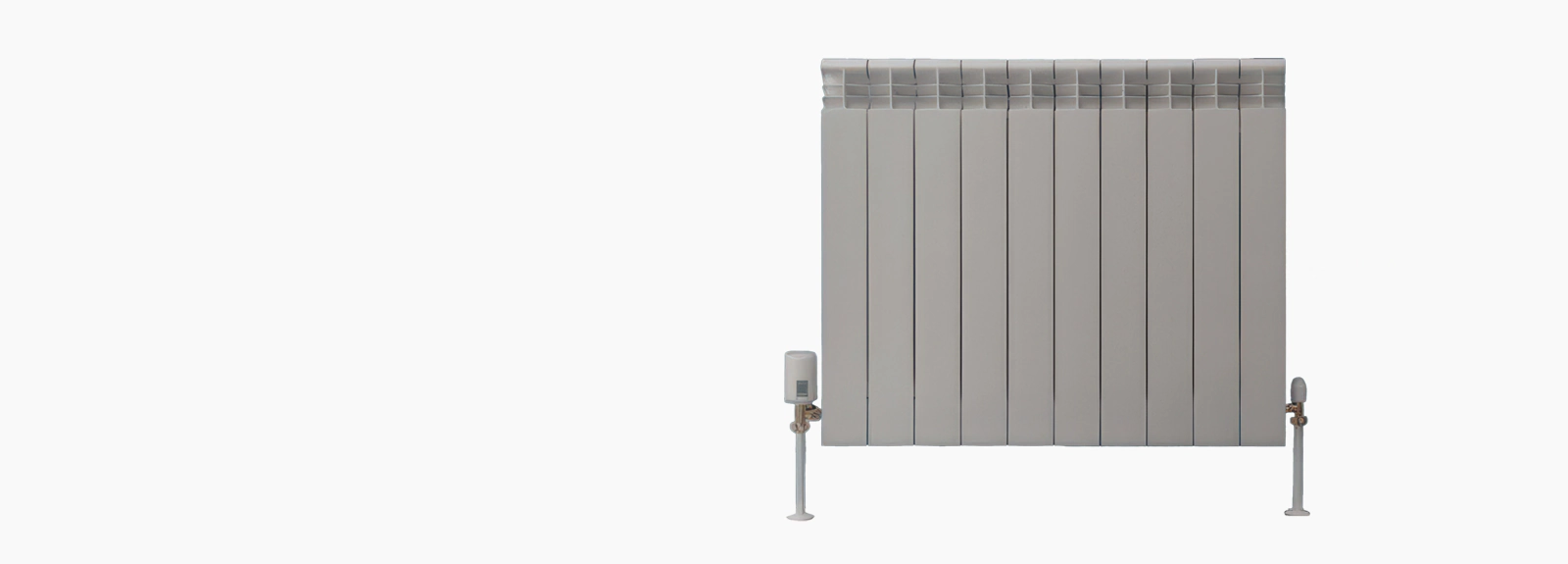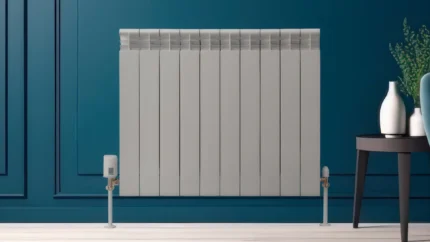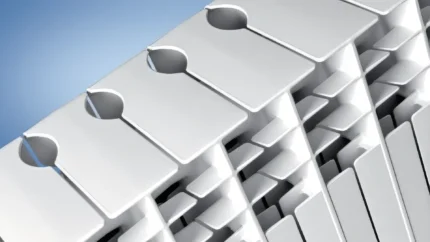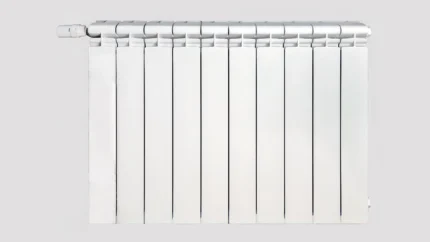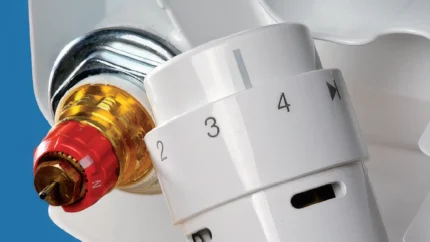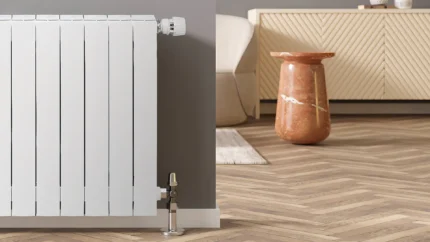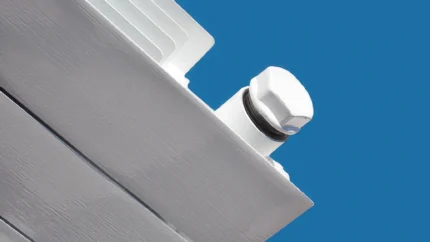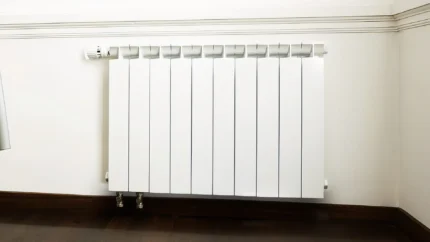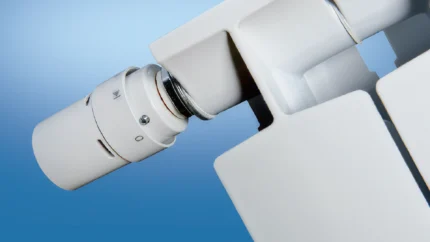Showing all 4 results
Radiator casting
The radiators are cast from aluminum alloys whose properties are excellent heat conductivity, high corrosion resistance and good mechanical characteristics. The melting of the alloys takes place in an automated tub-turning gas furnace with a capacity of 10 tons of molten alloy. The melt is processed and controlled before starting to cast the radiator. Before each melt pouring from the melting furnace, the chemical composition of the alloy and, if necessary, the metallographic structure are controlled. Casting of radiators is done on high-pressure machines with a closing force of 7000 kN to 13500 kN. The machines are equipped with electrical resistance furnaces for automatically maintaining the temperature of the melt. Each machine automatically doses the melt and lubricates the casting tool. It also has a system for extracting and filtering particles and steam from the casting process and automatically maintains the technological temperatures of tools and hydraulic media within the desired limits. In the process of casting radiators, systematic control of casting parameters is carried out, as well as quality control of the radiators themselves.
When designing the foundry, the impact on the environment was strictly taken into account. All systems used in the foundry are of a closed type, and waste heat from the casting process can be returned to the foundry area.
Installation of radiators
After casting, radiator elements are processed and mounted in radiator batteries and tested for tightness for the first time. The test is carried out on the entire production.
In the next phase, a visual control of the mounted radiator is carried out and another complete control of the radiator for tightness. The leak test is performed with air, and the test pressure is 10 bar. For special markets and at the customer's request, tests are carried out at pressures up to 30 bar.
During the assembly phase, the sizes of the radiator batteries are determined according to the needs and wishes of the customer.
Painting and packaging of radiators
The processes of preparing the surface of the radiator for painting and the painting procedures themselves are fully automated. All systems are closed and the impact of the paint shop on the environment is negligible.
Before the actual radiator painting process, all forms of impurities are removed from the radiator's outer surface. In this process, the chemical treatment of the radiator surface takes place in parallel in order for the radiator to achieve maximum corrosion stability.
In the next phase, the base color is applied to the entire outer surface of the radiator. The base color is applied electrostatically by immersing the radiator in the paint. The basic paint alone provides sufficient corrosion protection to the radiator.
The next stage is the electrostatic application of the powder paint on the base paint. After applying the programmed layer of powder paint, the color polymerization process is carried out in the oven.
After a period of color stabilization and final control of each individual radiator battery, the radiators are packed on the packaging line. The sides of the radiator are protected with cardboard covers, and the entire battery is additionally wrapped with heat-shrinkable foil.

